Fashion designer Ganit Goldstein has teamed up with Stratasys to create unique works by combining the Direct-to-textile 3D printing embroidery process. The result was that the artist created a unique Japanese-style 3D printed pattern collection “WeAreABle”, which was launched in October through the virtual reality fashion exhibition space on her website. By combining PolyJet technology of multiple materials and 3D scanning to produce 3D textiles, Goldstein is a pioneer in the production of new textiles. The project is part of the European Union (EU) Horizon 2020 Re-FREAM. Ten designers and scientists collaborated to rethink the manufacturing process of the fashion industry.
While at Tokyo University of the Arts, Goldstein drew inspiration from Asian craft embroidery and textile painting. Her kimono design follows the Japanese ikat weaving, which is a traditional folk craft since the middle of the 18th century, and the unique patterns look like splashes on the fabric. When returning to her studio in London, the designer chose to integrate the handicraft with 3D scanning technology and then 3D print it onto the fabric. While maintaining the uniqueness of the technology, providing it with a unique method can pave the way for the future of textile 3D printing.

For the “WeAreABle” project, Goldstein relied on 3D body scans and 3D parameter codes, as well as multi-color 3D printing directly on the fabric, to manufacture clothing in a brand new way. According to the measurement results of the 360-degree human body scanner, she can make the clothes fit the individual’s specific body shape and measurement results. The resulting two sets of garments combine shape, color and flexibility, and are composed of tailor-made items with unique materials and parametric patterns.
Just like many designers turning to 3D printing technology to tailor products, Goldstein is shifting from mass-produced fast fashion to an on-demand manufacturing platform, which may eventually become one of the collections of customers seeking art but wearable. Stratasys’ direct textile printing technology allows her to fully digitize the design workflow through to production.
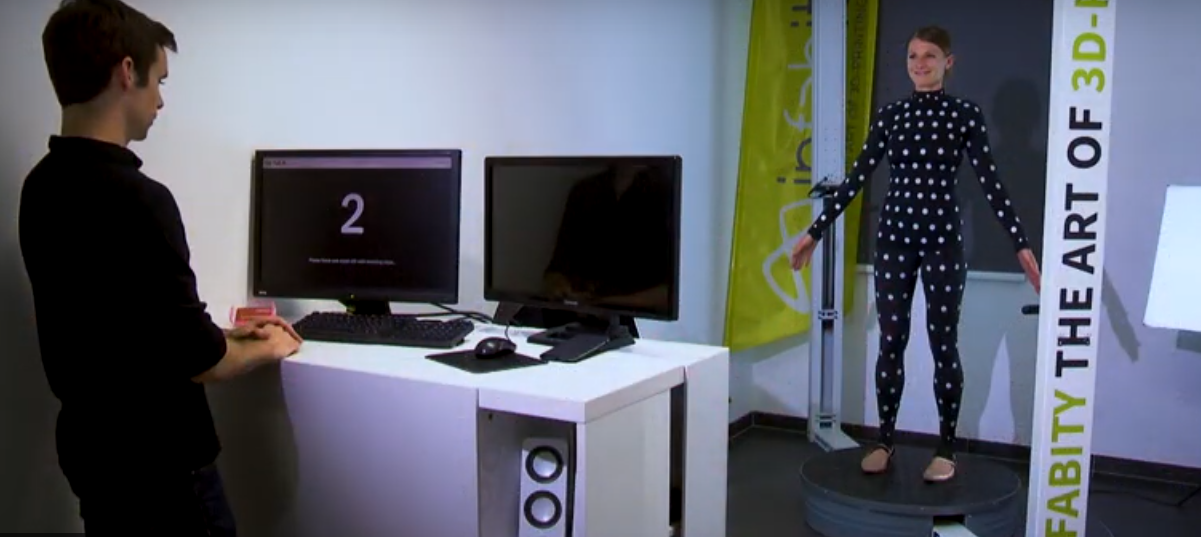
This further shows that localized manufacturing and mass customization can lead fashion. This novel technology can ultimately help reduce inventory and waste, which is a very relevant trend, especially as the industry is moving towards more sustainable brands, creating fashion trends without leaving a negative impact.
Stratasys has worked closely with many home fashion brands to optimize its novel PolyJet technology to meet the needs of modern clothing manufacturing and make custom fashion designs commercially viable. The collaboration with pioneering designers ThreeASFOUR and Travis Fitch at New York Fashion Week brought the commercial possibility of 3D printing directly on clothes. Pioneer 3D printing manufacturer also developed a fashion collection of 3D printed shoes and jewelry in cooperation with Goldstein in 2019.
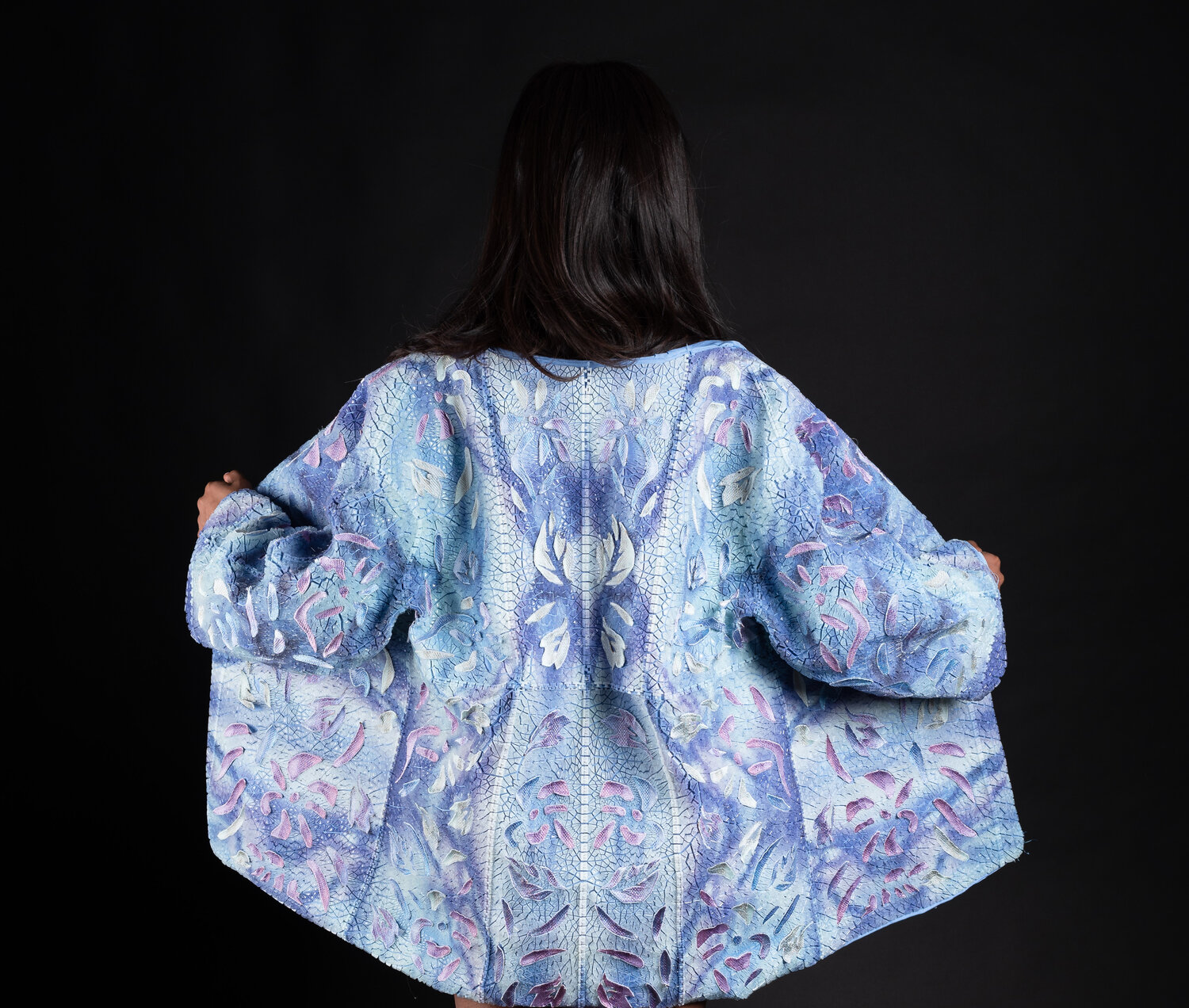
For this project, Goldstein believes that the human body is a platform for innovation and focuses on the development of smart textiles. By combining the two, it redraws the boundary between hand-made and machine-made, which particularly limits the limitations of technology and tradition. Although Japanese embroidery is the soul of the project, direct textile multi-color 3D printing is its core. The algorithm followed by the kimono consists of a 3D human body scan, which is converted into a printing surface during the printing process.
By using 3D printing, Stratasys designers and engineers can print scan data and create a textile that “remembers” the 3D characteristics of specific objects. The results include clothing that fits the model’s precise curves and unique body shapes.
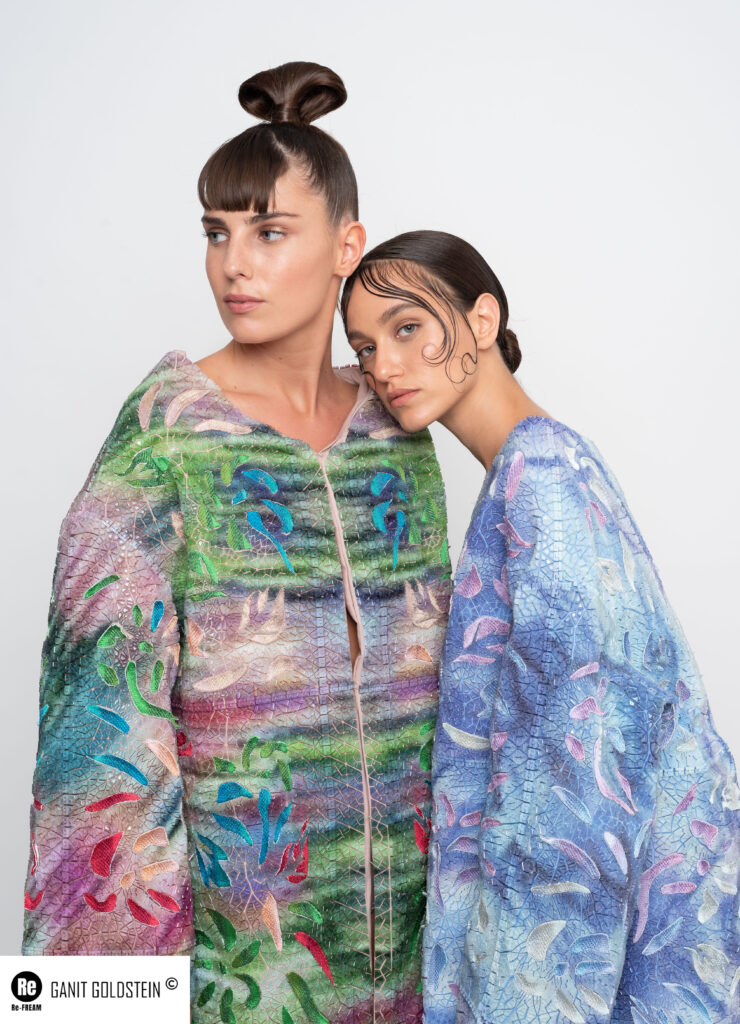
Finally, every garment made from 3D to 2D CAD operations and 3D design workflow is a precise fabric. The never-before-seen design showcases unique colors, textures and primary shadow usage, which can be appreciated from different angles, with an iconic focal point on the back. The kimono style is fixed on a flower-like pattern, which completely covers the fabric, thus having the modern flavor of a century-old Japanese traditional dress.
Since its launch, the Stratasys team has displayed 3D printed works in the prestigious “Linea Pelle” exhibition in Milan, as well as several other clothing and textiles in the Stratasys Art, Fashion and Design collection, allowing you to gain a deeper understanding of the new products. With PolyJet technology, the technology used to print textiles. In the next few months, these works will also be exhibited at the D-house in Milan as part of a permanent exhibition.
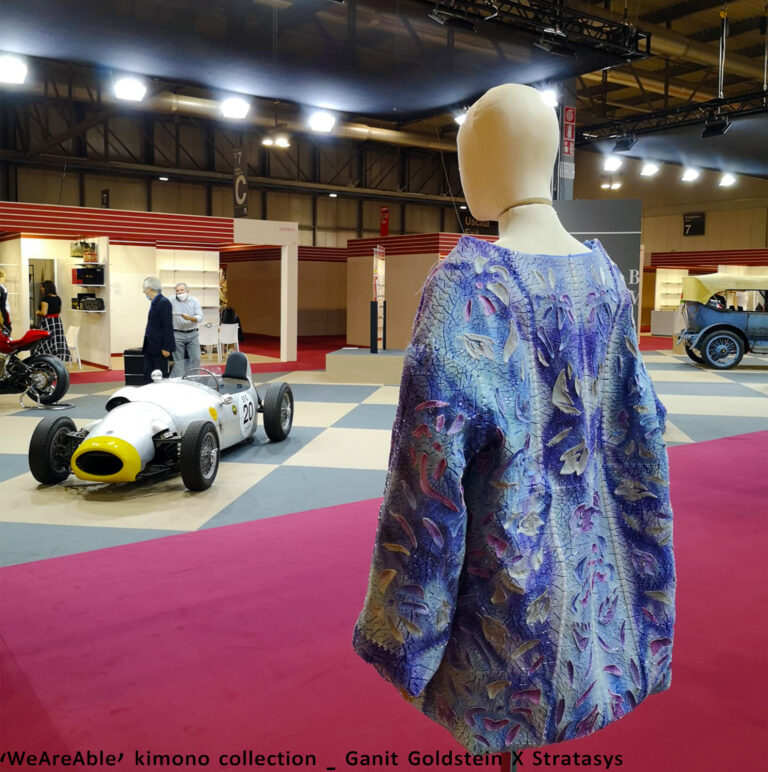
Although due to restrictions and social distancing regulations related to COVID-19, the release of the new series is scheduled for the annual “Wear It” summit exhibition in Berlin, Goldstein had to reimagine the way she presented her work. She collaborated with leading technology giant Intel to create a virtual reality platform for a realistic 360-degree exhibition space to showcase her valuable works. Allow viewers to view 3D collections in a complete virtual reality space and bridge the gap between our new social distancing reality.
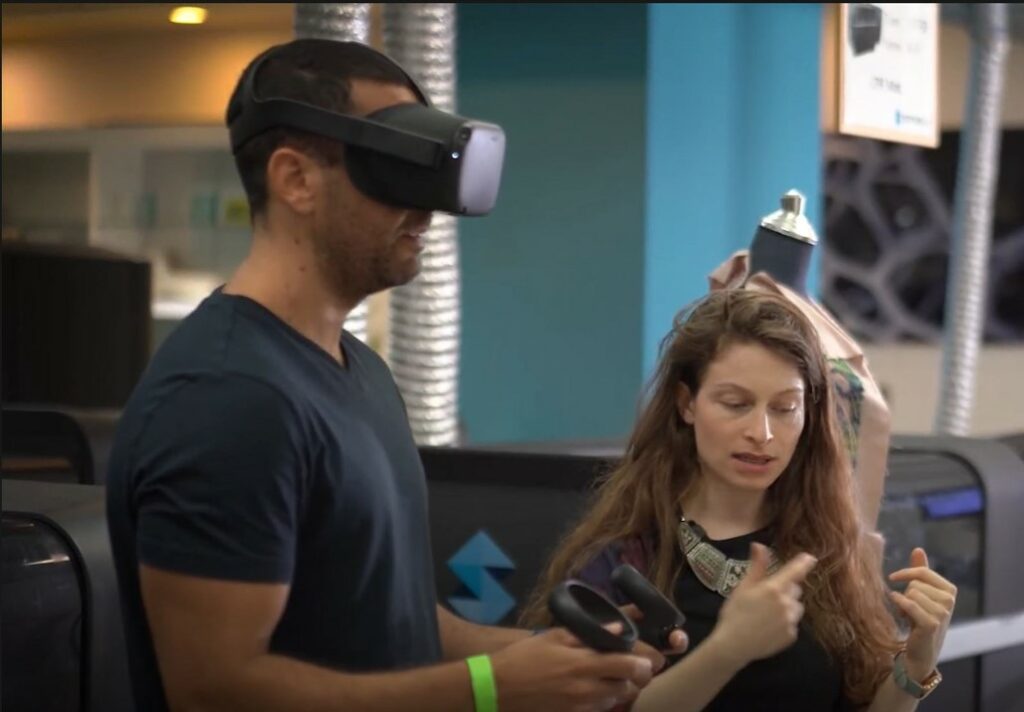

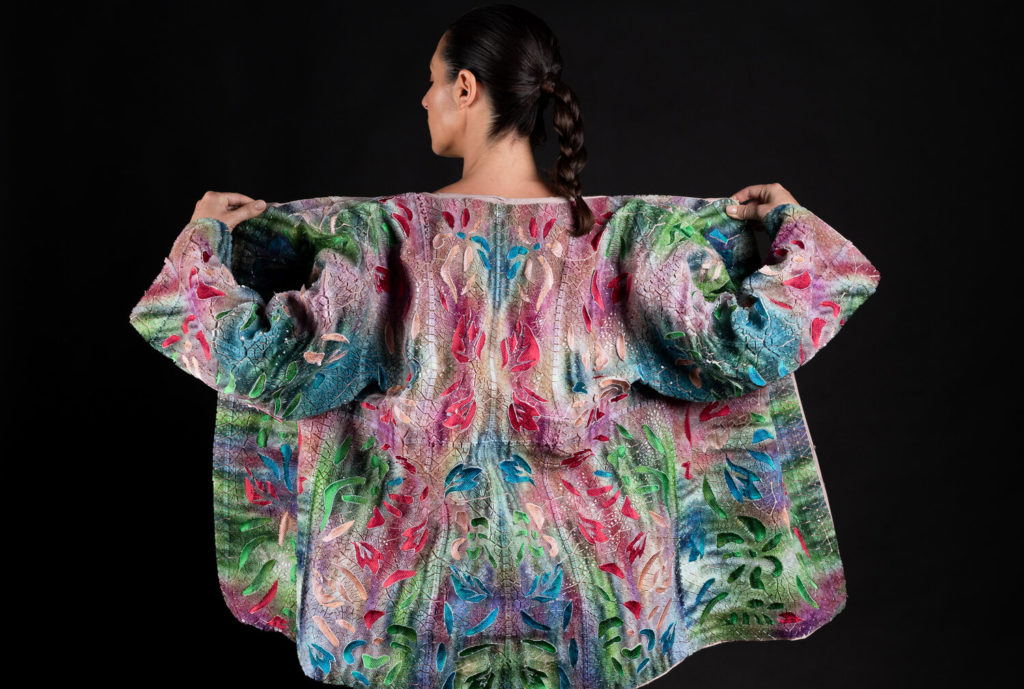
Leave A Comment